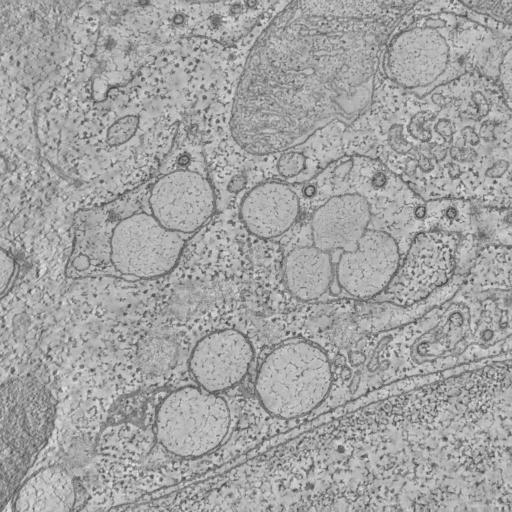Kèvin Knoops, Abraham J. Koster, A. Mieke Mommaas and Eric J. Snijder, Marjolein Kikkert, Sjoerd H.E. van den Worm, Jessika C. Zevenhoven-Dobbe, Yvonne van der Meer (2005) CCDB:6022, Cercopithecus aethiops, VeroE6. CIL. Dataset. https://doi.org/doi:10.7295/W9CCDB6022


